Rittal Electrical Installation
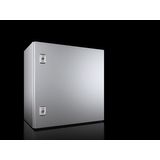



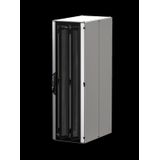
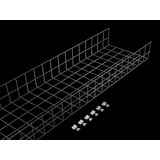

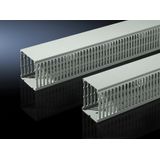

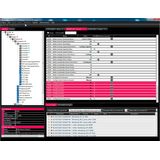
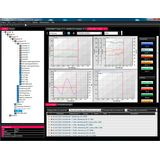





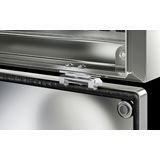
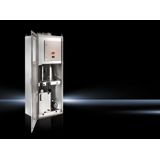
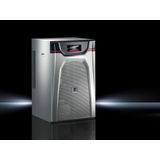


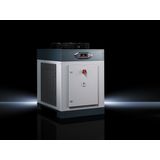



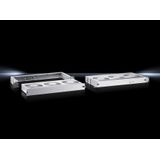
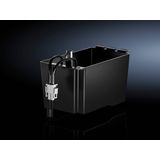

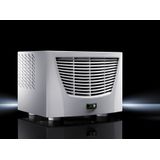
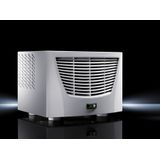
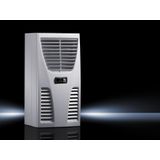
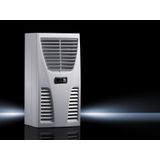

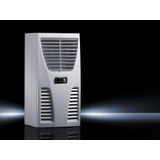
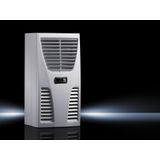
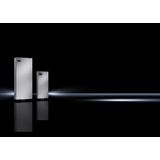

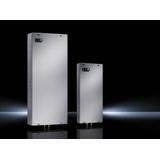
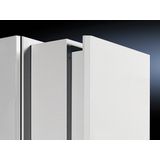
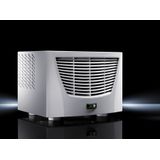
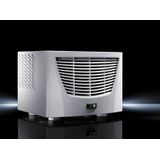

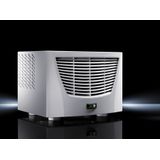

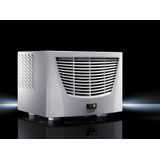
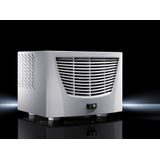
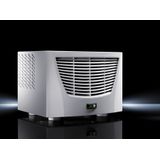


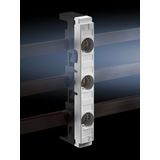
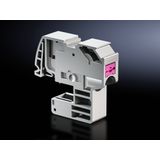
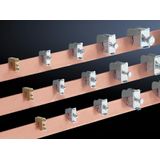

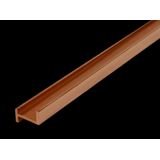
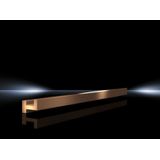

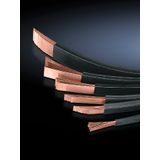


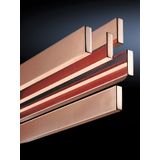
rittal installation for professional panels and machine enclosures
This category covers the hardware that turns a bare cabinet into a serviceable system: mounting plates, rails, gland plates, plinths, cable routing, strain‑relief, earthing, and door hardware. Engineers specify these parts to speed assembly, keep protection ratings intact (IP/IK/EMC), and make maintenance predictable over multi‑site estates.
Product range and series overview – rittal installation accessories
Rittal solutions cluster around five workstreams:
- Mounting structure – galvanized steel mounting plates (common thickness 2.0–3.0 mm), crossbars, C‑rails, and 19" frames that pick up the enclosure’s punch pattern. Adjustable depth rails let you set equipment planes quickly.
- Base/plinth & fixation – plinth systems with leveling feet handle floor unevenness and cable entry voids; gallery panels snap in for access. Wall brackets and baying/connector sets join cabinets into rows while keeping the gasket line undisturbed.
- Cable entry & strain‑relief – solid and split gland plates (steel or aluminum) with M‑thread adapters M16–M63; brush and membrane plates for high‑density entry; stainless clamps and clamp rails provide EN 62444‑compliant strain‑relief before conductors reach terminals.
- Routing & segregation – halogen‑free wiring duct, horizontal/vertical cable managers, and separation barriers to keep ELV control apart from mains. Radius guides maintain bend limits for data and fiber.
- Door & service hardware – hinges, 90°/180° stays, lock inserts, document pockets, LED service lights, and PE bonding kits to maintain equipotential.
Project teams usually standardize one rail family and one strain‑relief scheme across all builds; spares become modular and assembly steps repeat.
Technical specifications and standards – rittal mounting systems
- Enclosure interface: hole patterns and rail geometry align with Rittal TS 8 / VX25 platforms and compact AE/KX/AX series. Mounting plates are zinc‑plated steel; stainless versions exist for hygiene or coastal sites.
- Cable entry: IP recovery depends on the gland plate and accessories chosen; with correct seals, assemblies reach IP54–IP66 per EN 60529. EMC plates and conductive gaskets support screened cable bonding.
- Routing materials: wiring duct in UL 94 V‑0 polymers; low‑smoke/halogen‑free options for public buildings. Slot geometry protects small‑OD control wires from kinking.
- Strain‑relief: clamp rails and glands sized to jacket OD; selection follows EN 62444. Use serrated rails or toothed washers for reliable bonding under vibration.
- Earthing & bonding: PE kits create equipotential bonding across doors, side panels, and mounting plates; resistance checks are documented during FAT per IEC 61439 practice.
- DIN rails: EN 60715 TS35/TS15 profiles, spring or screw terminals accept 0.5–10 mm² (higher on power feeders). Keep end‑stops on populated rails to prevent creep.
- Environment: standard hardware rated −25…+70 °C; stainless fasteners A2/A4 for kitchens, pools, or coastal air. Impact and corrosion performance ties to the host enclosure’s IK and finish.
Two field habits pay off: use torque‑limited drivers on mounting plates to avoid thread pull; record rail positions and hole references in handover drawings.
Applications and compatibility – rittal installation components
- BMS/lighting panels: split gland plates + brush inserts speed DALI/0–10 V and mains segregation; clamp rails give tidy strain‑relief before terminal rows.
- Machinery and OEM: deep mounting plates and crossbars enable multi‑layer layouts (VFDs, PSUs, relays) with clear airflow paths; baying sets create service corridors.
- Infrastructure & outdoor: EMC plates, stainless hardware, and sealed glands maintain IP/EMC in kiosks and base‑mounted pedestals; document pockets keep wiring diagrams accessible.
All accessories are engineered to the Rittal punch pattern, so mixing within the platform avoids ad‑hoc drilling and preserves coating and gasket integrity
Itegration with other brand products – rittal enclosure installation parts
Rittal hardware pairs naturally with control gear and drivers from lighting and automation brands. Use depth rails to align DIN rows with device terminal depths; fit EMC gland plates where shield continuity must pass from cable braid to the enclosure wall. For retrofit work, split gland plates accept pre‑terminated cables without re‑pulling; brush plates serve high‑count patch leads in IT‑adjacent cabinets.
When cabinets are bayed, keep PE bonding straps continuous across frames and mount clamp rails near terminal blocks to shorten unsupported conductor lengths.
Selection criteria for B2B clients – rittal routing accessories
- Protection targets – IP/EMC and corrosion class dictated by site (indoor office, plant room, coastal, food). Choose gland plates and seals to restore the enclosure’s rating after entry.
- Load & rigidity – pick mounting plate thickness for heavy devices (drives, contactors, PSUs); use additional crossbars to prevent oil‑canning.
- Cable management – define duct width/depth, clamp rail length, and marker system early; it halves panel time and errors later.
- Baying and access – plan plinth height, door swing (90°/180°), and service clearances; large gear needs removal routes.
- Documentation – align tag/marker pitch with terminal blocks; ensure every bonding point is shown on the GA drawing.
Procurement often standardizes one plinth family, one gland plate system (solid/split/brush), and one clamp‑rail length to keep spares lean while covering most cabinets.
Advantages of working with Bankoflamps
- Individual B2B pricing and custom offers tied to project scope and frame agreements.
- Personal account manager for samples, submittals, и logistics.
- Real‑time stock visibility across EU warehouses.
- Quick quote response (~1 hour) for tender agility.
- Fast order placement by EAN/MPN with clean traceability.
- Downloadable, always up‑to‑date price lists for ERP syncing.
- Lead‑time tracking and order status updates for site scheduling.
- Purchase‑history access and analytics to consolidate SKUs.
- Post‑payment (up to 30 days) for trusted clients.
- Consolidated shipment management to reduce freight cost.
- Stable pricing with validity dates; we serve France, the Baltics, Germany, Spain, Italy, Belgium, and the Netherlands.